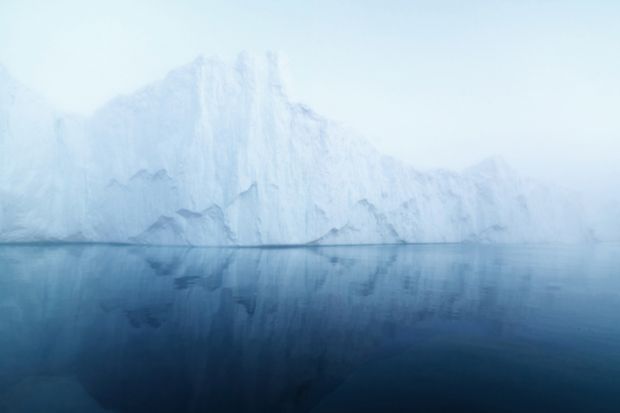The golden age of expeditions into the Arctic and (latterly) the Antarctic lasted from the early 1800s to the Great War. In that period, British excitement about these cold, white and extremely dangerous places rode high: the emphasis being on explorers, many of whom became imperial heroes. Very few Victorian or Edwardian Britons ever saw the extreme north or south of the globe, but those spaces were colonised imaginatively by the world’s foremost power; and exhibitions, plays, fictions, poems and memoirs followed. A polar explorer could depend on selling a goodly number of books should he make it home alive.
In recent years, an important literature has grown up covering most aspects of the polar regions in the Western imagination. But Shane McCorristine is to be congratulated, in this work, for finding a novel take, what might be called “the frozen supernatural”: mesmerism, clairvoyance, spiritualists, ghosts, telepathic dreams and conversations with the dead concerning the Arctic north. Now a “novel take” is, in academic writing, all too often a perverse combination of elements. Subjects that, in conjunction, merit barely an article are drawn out into excruciating book-length studies. Here, however, the author successfully makes the case that the supernatural is frequently encountered in first-hand polar accounts and, more curiously, that it was present in the reactions of excited readers in British drawing rooms. The question is: why?
Perhaps there is something special about the cold deserts that tip and top our world. Do those lands excite something in us with their vastness and blankness? (A modern equivalent might be humanity’s fascination with outer space.) Or was the supernatural glut not specific to the poles? Was it, rather, simply that this was an age when cheap newspapers had arrived but when easy worldwide communication had not? Supernatural communication filled the gap between the nation panting for news of their adventuring heroes and the fact that those heroes were incommunicado in a jungle or locked among icebergs for long spells. Most of The Spectral Arctic gathers around the wreck of the Franklin expedition (1845-48). It took six years for the first serious intimation of John Franklin’s death to reach Britain (there had long been suspicions) and 11 years for confirmation of the same.
Be this phenomenon polar-specific or just something to do with distance, McCorristine’s is an impressive and often enjoyable study of the supernatural in 19th-century Britain and the Dominions; of Arctic exploration (with many pages on the neglected Inuit); and of the mechanisms by which the penny press transmitted news of both to an attentive nation. The author has evidently worked in a number of documentary centres and libraries to produce this book. But some of the best material was harvested from regional newspapers: part of “the digitisation dividend” that historians are enjoying via such databases as the British Newspaper Archive. It is particularly gratifying to read revelations about the past through the words of long-forgotten jobbing journalists on the Hull Packet and the John O’Groat Journal: unlikely but eloquent muses of the polar north.
Simon Young teaches at the University of Virginia Program in Siena. His most recent book is Magical Folk: British & Irish Fairies – 500 AD to the Present, co-edited with Ceri Houlbrook (2018).
The Spectral Arctic: A History of Ghosts and Dreams in Polar Exploration
By Shane McCorristine
UCL Press, 276pp, £40.00 and £22.99
ISBN 9781787352476 and 2469
Published 30 June 2018
后记
Print headline: Everything as white as ghosts




